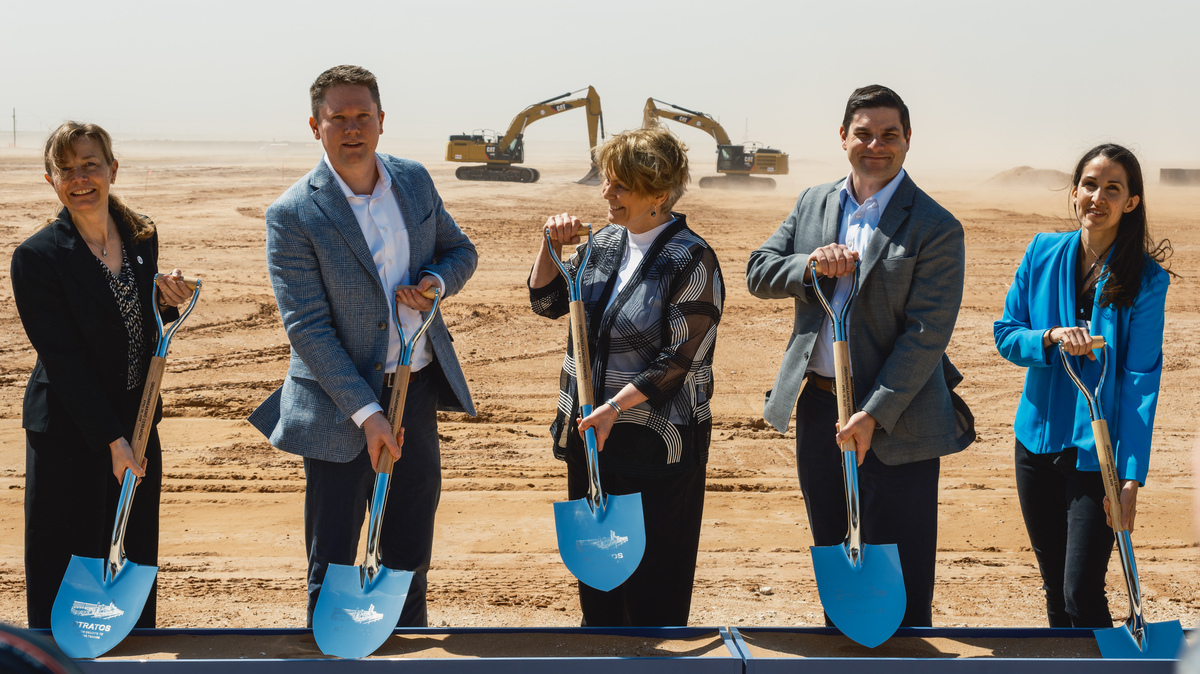
Executives at the groundbreaking ceremony at the Occidental Petroleum and 1PointFive Direct Air Capture (DAC) plant in Ector County, Texas in April. Jordan Vonderhaar/Bloomberg via Getty Images hide caption

Executives at the groundbreaking ceremony at the Occidental Petroleum and 1PointFive Direct Air Capture (DAC) plant in Ector County, Texas in April.
Jordan Vonderhaar/Bloomberg via Getty ImagesGiant machines sucking carbon dioxide out of the air to fight climate change sounds like science fiction, but it's close to becoming a reality, with billions of dollars of support from the U.S. government.
And a key player in this growing industry is a U.S. oil company, Occidental Petroleum.
With a major petroleum company deploying this technology, it begs the question, is it meant to save the planet or the oil industry?
NPR's Camila Domonoske reports.
Email us at
This episode was produced by Connor Donevan, Vincent Acovino and Lauren Hodges. It was edited by Uri Berliner, Emily Kopp, Rafael Nam and Adam Raney. Our executive producer is Sami Yenigun.

 Live Radio
Live Radio